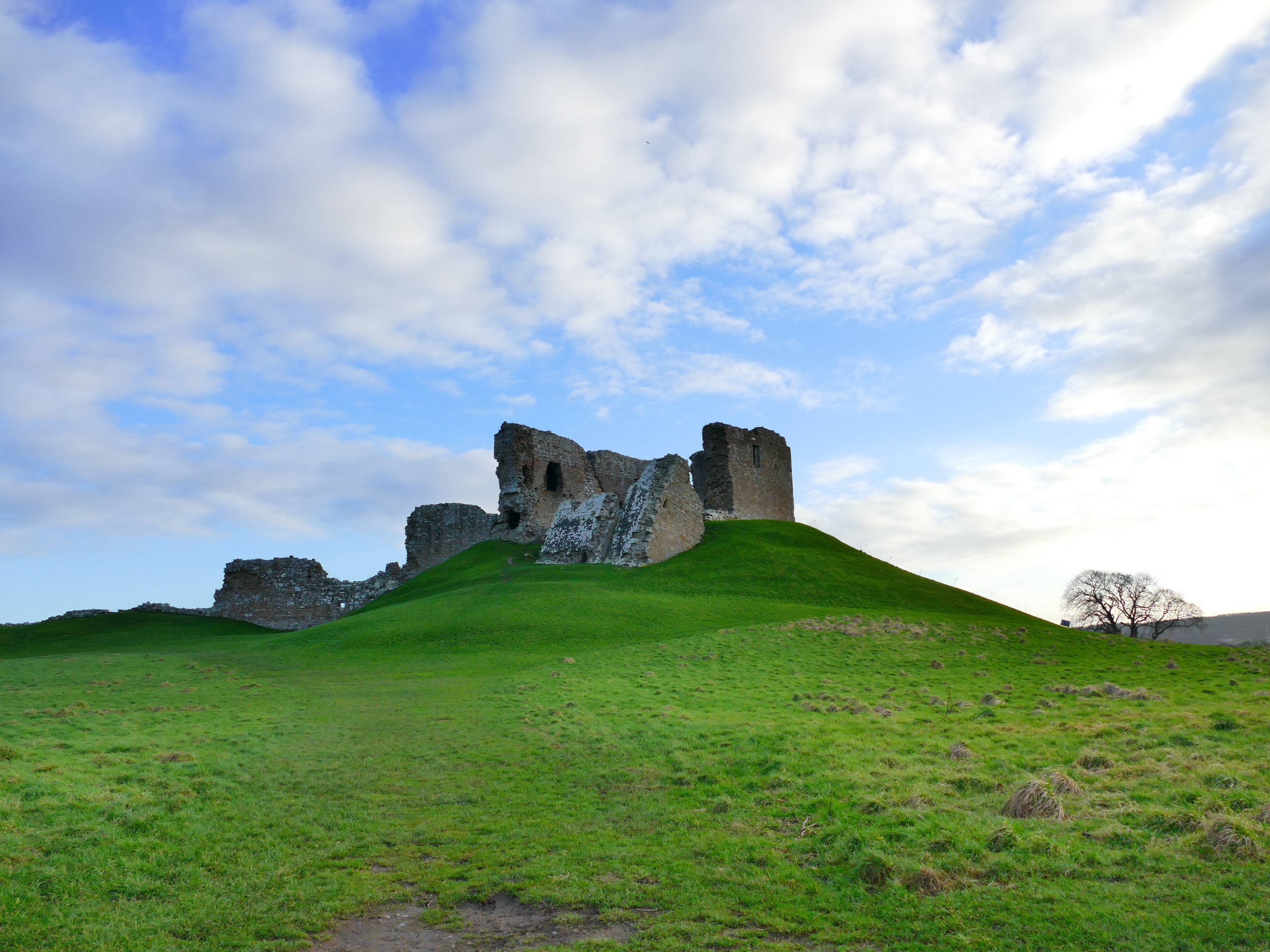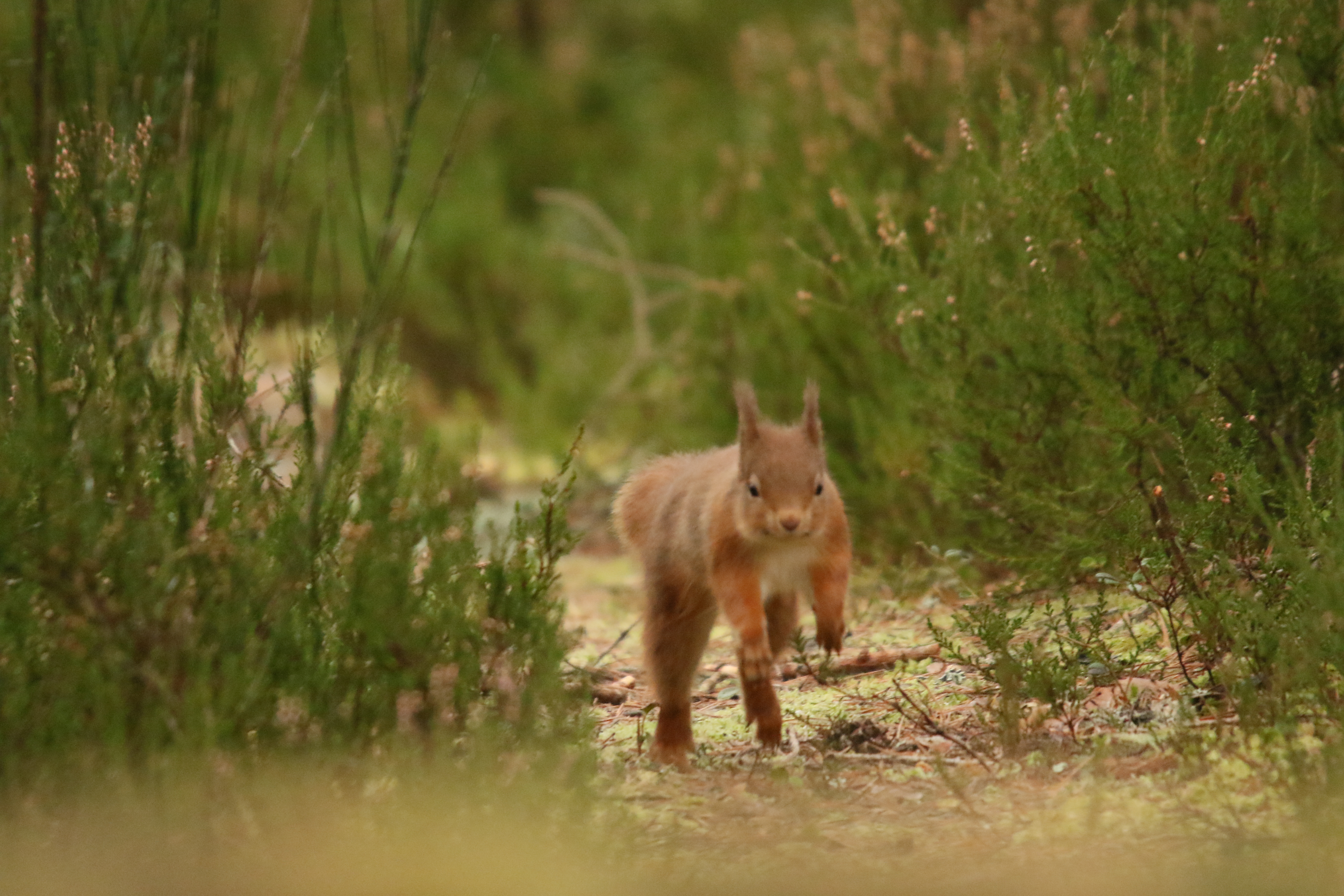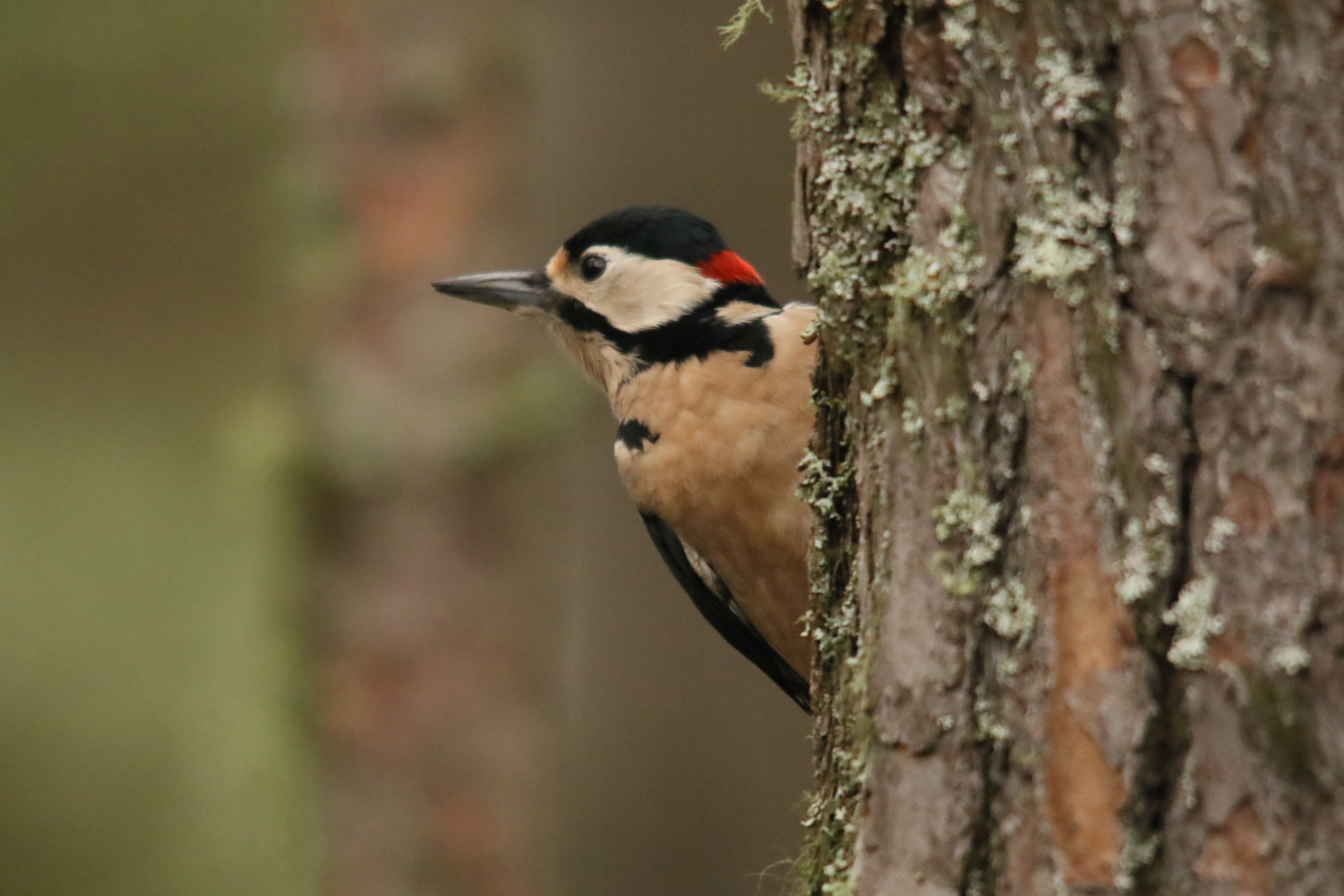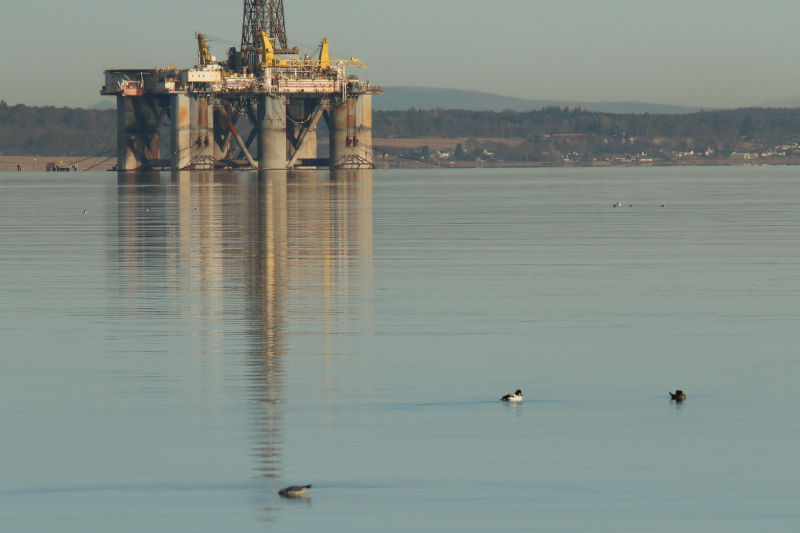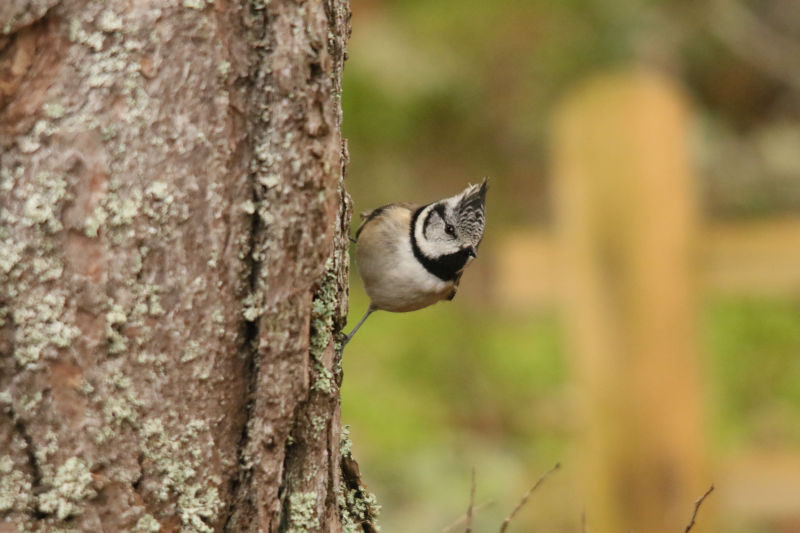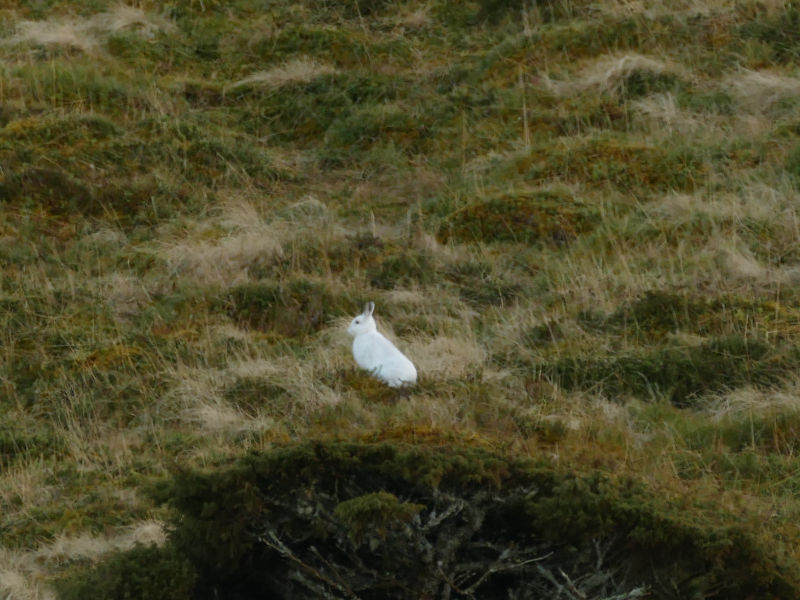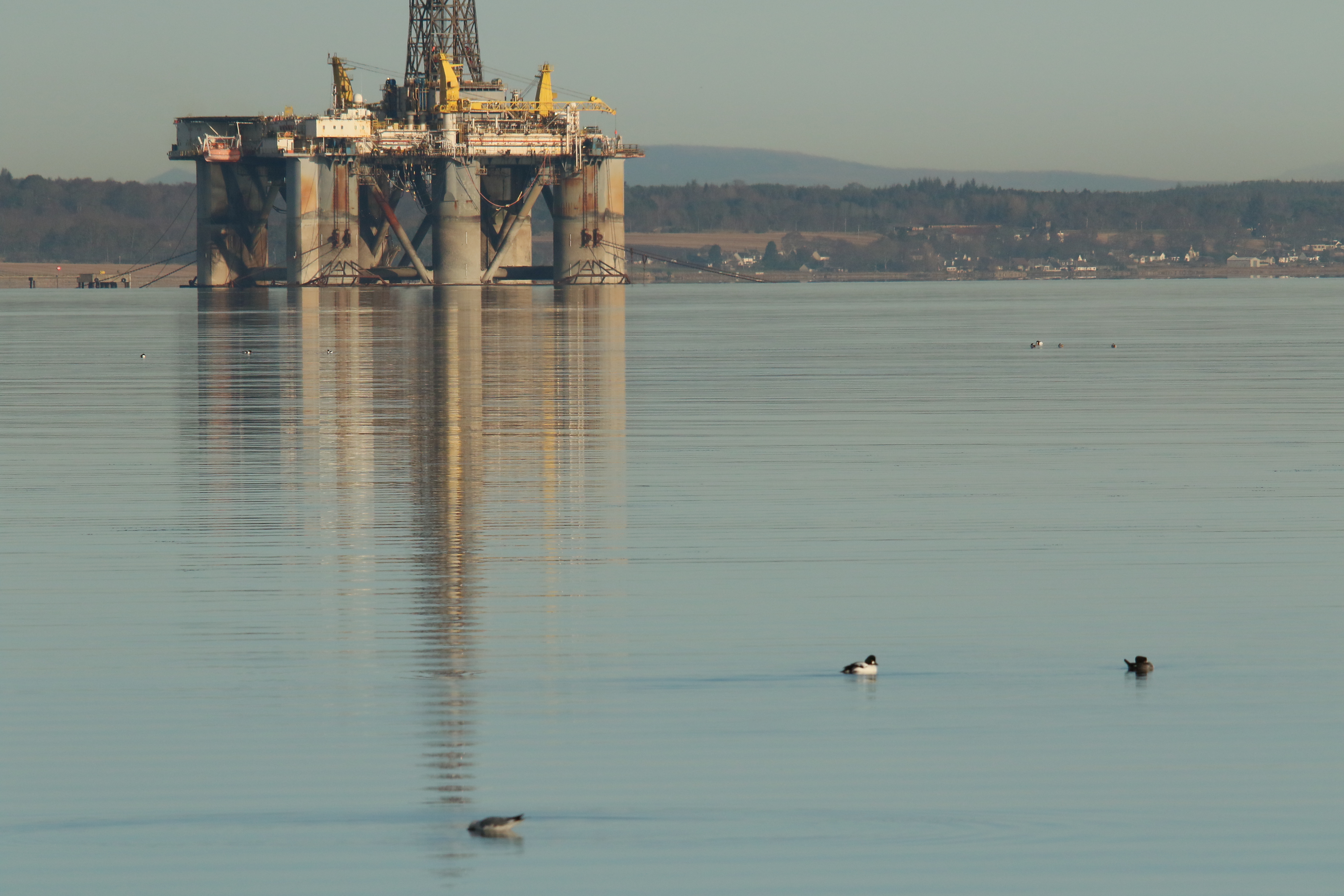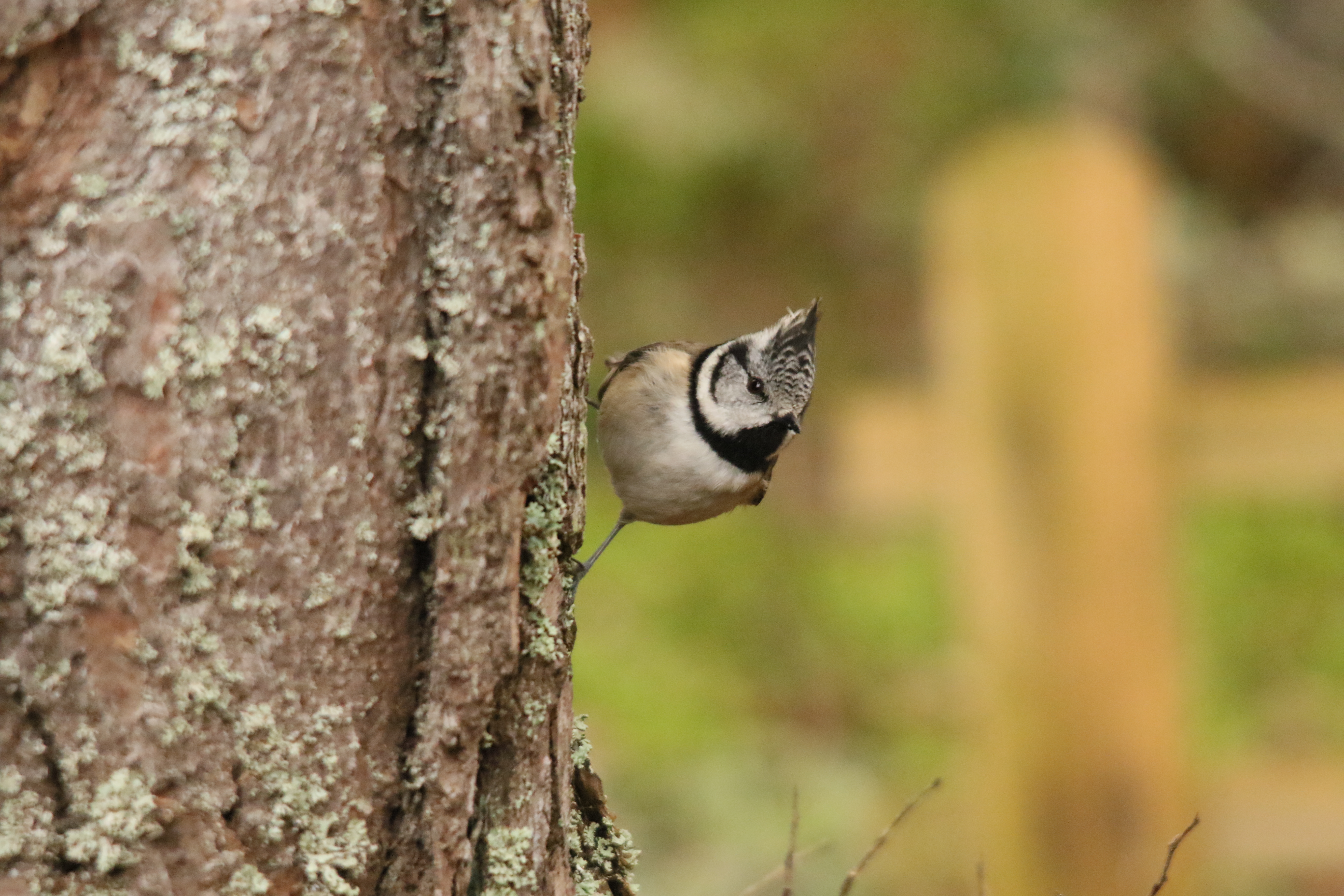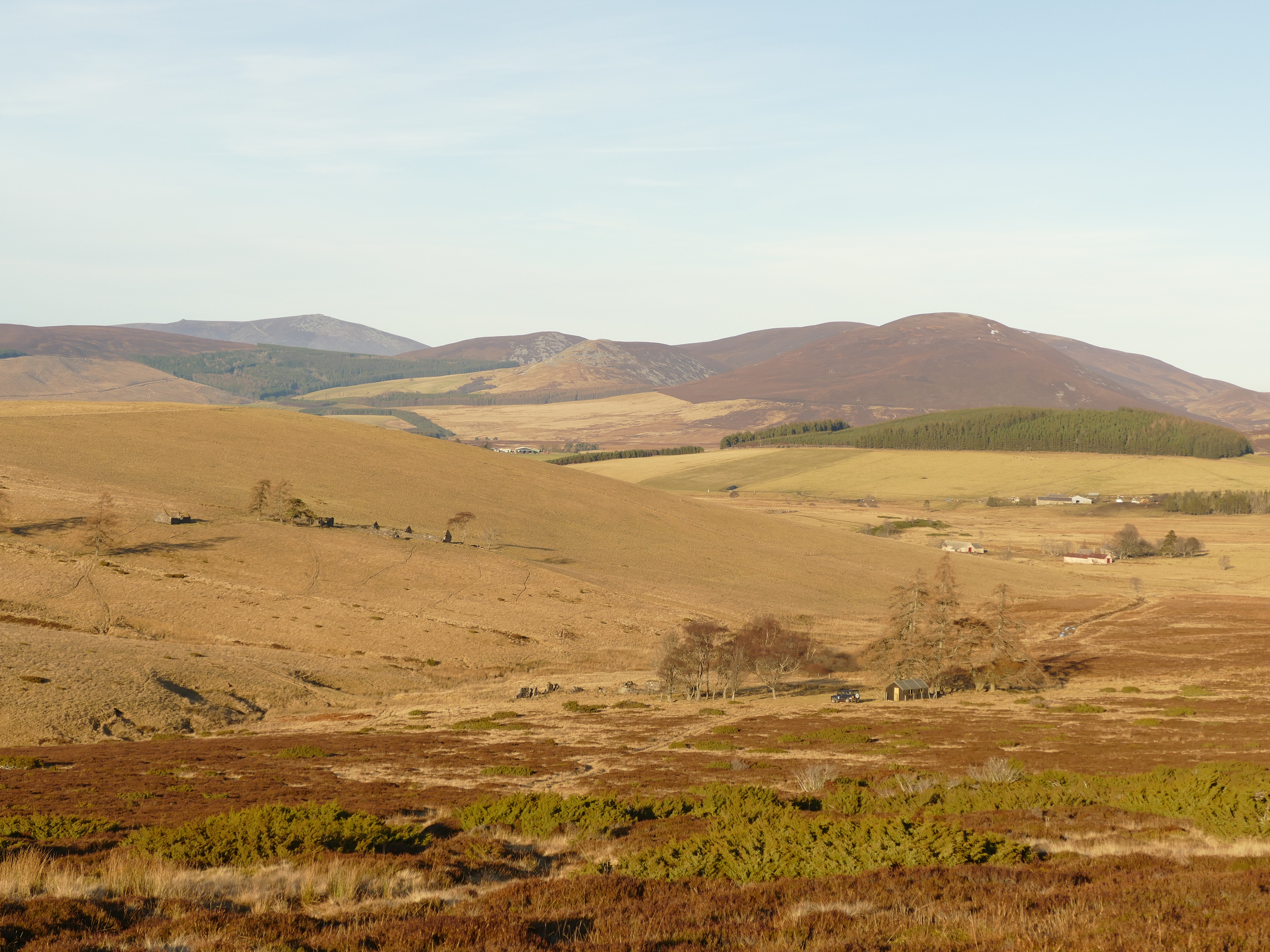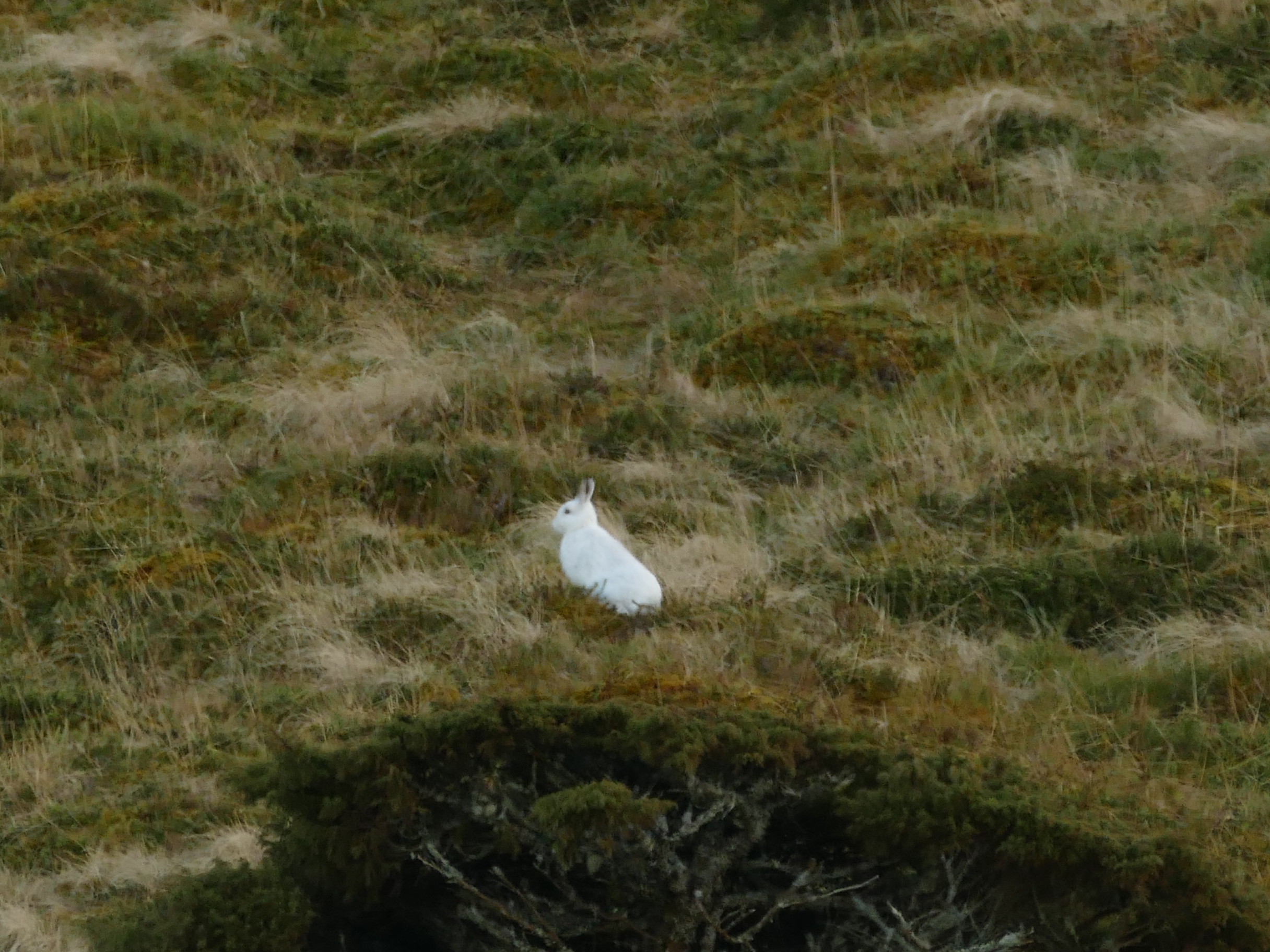As Tuesday became Wednesday, Findhorn Bay was visited just after hightide with Redshank, Bar-tailed Godwits, Curlew, Dunlin, Knot Oystercatchers, 200+ Pintail and a single Pink Footed Goose which had clearly suffered an injury to its leg, possibly from shooting. I would have liked to have recovered the bird but to get it to a rescue centre but it was too much of a risk on the shifting sands.
Around the corner on to Findhorn Dunes, odd flypasts with various waders, with cormorants and shags on the sea and up to 50 Long TailedDucks. The spit at the mouth of the Spey had both Common and Grey Seals on an exposed sandbar. A pair of Stonechats in the twigs in the dunes brightened up the birding further. Heading into Findhorn village a new café was discovered being very community based with organic veg, a bakery and incredible cakes but a real buzz from the people in there. Moving on to Nairn and making our way to the harbour it was well worth the effort even in the now strengthening winds. A stunning male Gooseander, a large raft of Scaup, hundreds of Long Tailed ducks, more Common Scoters and on the rocks and beach 60+ Bar -Tailed Godwits, Turnstones and a couple of Purple Sandpipers. A visit later in the day to Fort George allowed a viewing of an exhibition Scotland from the air, it was just brilliant particularly the photo of the old Singer sewing machine works on the Clyde which employed 19,000 people in its heyday.
